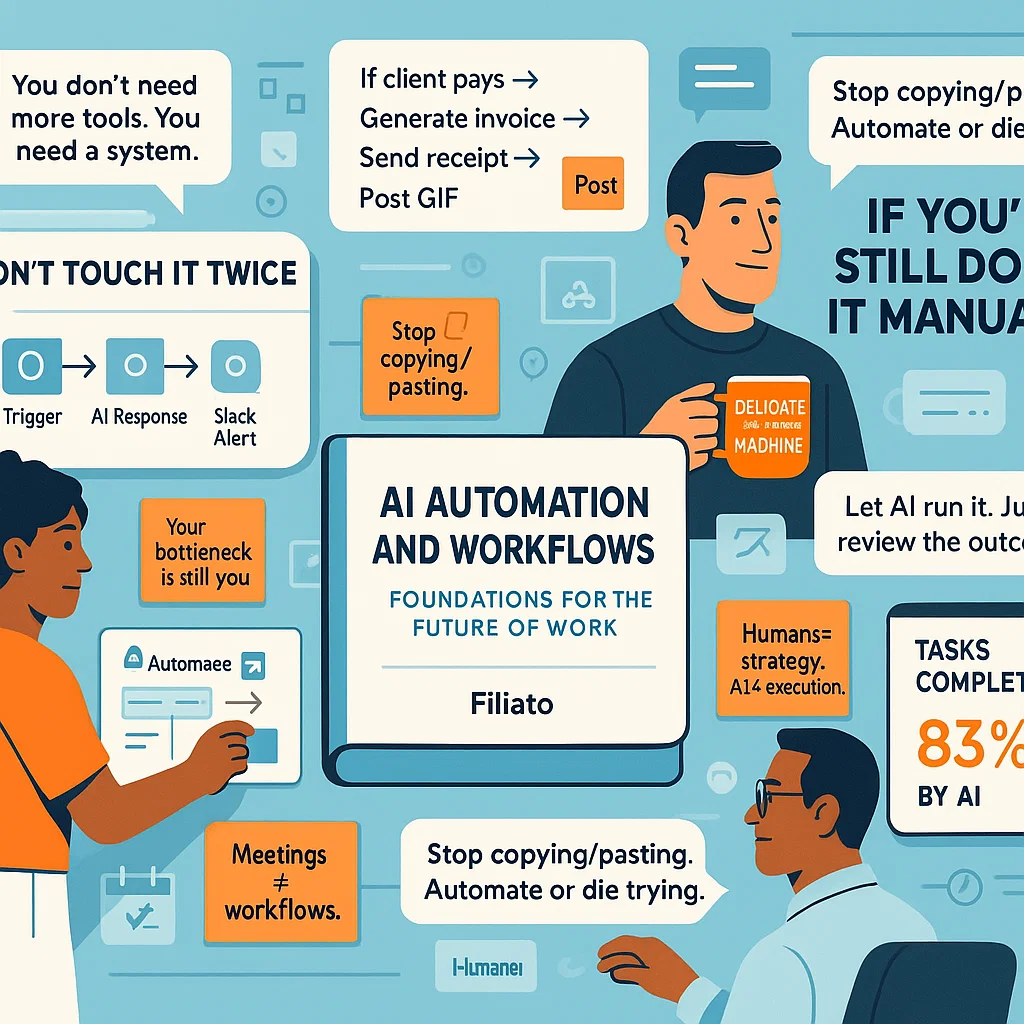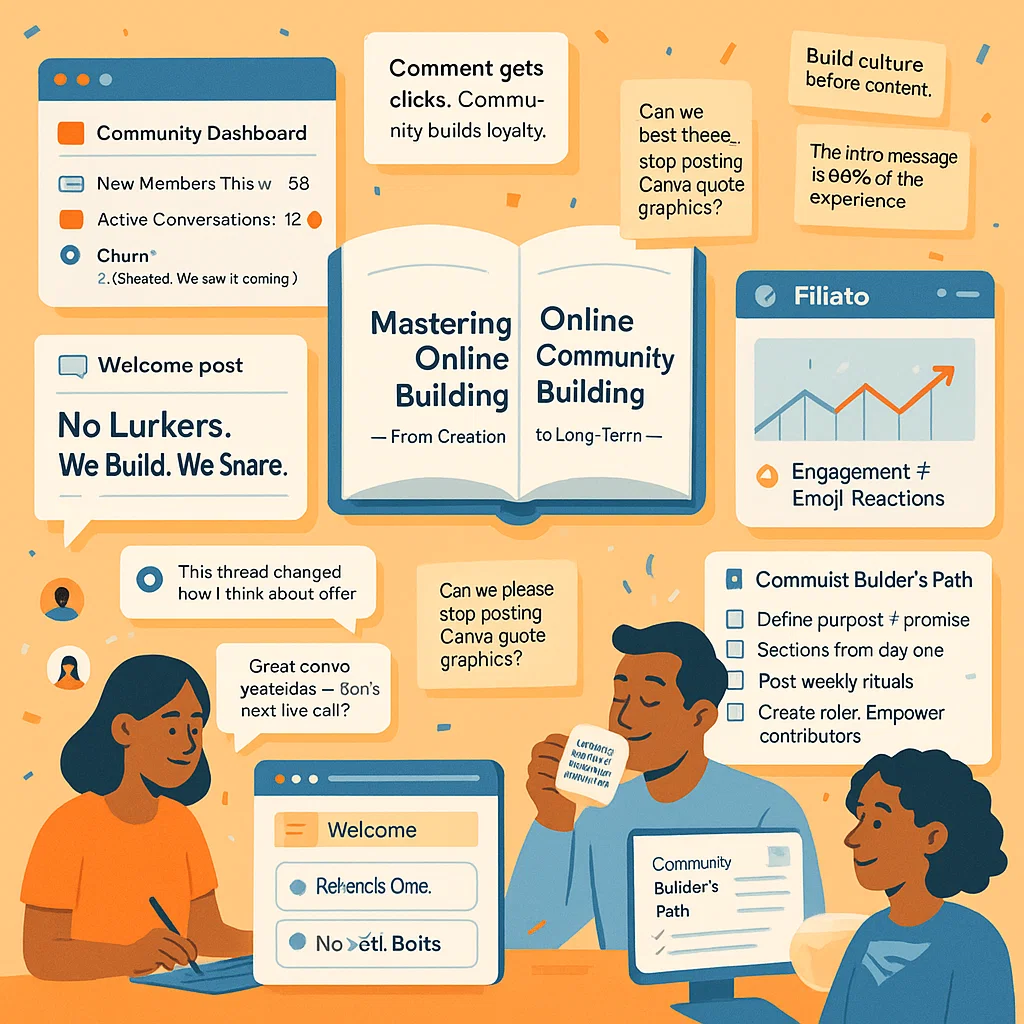Guide to Understanding the Software Model That Powers the Modern Internet
If you’ve used tools like Google Docs, Zoom, or Canva, you’re already familiar with SaaS—even if you’ve never heard the term before.
SaaS, short for “Software as a Service,” is more than a trend. It’s a new standard for how businesses and individuals access software. Instead of buying software once and installing it on a single device, you now subscribe to applications hosted online and accessible from anywhere.
This beginner-friendly guide will help you understand how SaaS works, why it’s become so dominant in every industry, and how you can start exploring or building SaaS solutions—even if you only have a few hours a week to spare.
SaaS, Explained Simply
Imagine renting a fully furnished apartment where everything is maintained and updated for you. That’s SaaS, but for software.
Instead of downloading bulky programs that require manual updates and IT management, SaaS lets you access applications through the cloud. You pay for what you use—monthly or yearly—and the provider takes care of security, maintenance, and scalabilityIntro SaaS.
Common examples include:
- Gmail (email)
- Asana or Trello (project management)
- Shopify (e-commerce)
- HubSpot (marketing automation)
- Canva (design)
SaaS spans across industries—from education and finance to real estate, healthcare, and HR.
Why SaaS Is Everywhere in 2025
What’s made SaaS the default model for software? Three key things:
- Accessibility – You can log in from any device, anywhere, anytime.
- Affordability – Pay-as-you-go means fewer upfront costs.
- Scalability – Whether you’re one user or a company of 1,000, SaaS tools grow with you.
And for developers or entrepreneurs? The subscription-based revenue model makes it easier to sustain and scale a business.
Core Concepts Every Beginner Should Know
If you’re just stepping into SaaS—whether as a user, student, or future founder—start by learning the basics. Here’s a quick breakdown:
- Cloud Computing: The infrastructure that powers SaaS. Data and applications are hosted in the cloud.
- Subscription Pricing: Monthly or annual fees instead of one-time purchases.
- Uptime: A measure of system reliability—how often the service is available.
- Integration: Connecting SaaS apps together to automate and streamline workflows.
- APIs (Application Programming Interfaces): These allow different SaaS tools to “talk” to each other.
The more familiar you become with these terms, the easier it will be to evaluate tools, troubleshoot issues, and explore new possibilitiesIntro SaaS.
How to Start Learning SaaS—Even with Just 2 Hours a Day
You don’t need to build software to understand how it works or how to use it effectively. If you’re a freelancer, manager, entrepreneur, or just curious, you can begin mastering SaaS tools in small, focused sessions.
Here’s how a beginner can structure their first month:
Week 1:
- Learn SaaS basics (cloud, subscription, examples)
- Explore 2-3 commonly used tools (e.g., Trello, Google Workspace)
Week 2:
- Pick a tool and complete tutorials or courses
- Test integration with another tool (e.g., connecting Trello with Google Calendar)
Week 3:
- Try setting up your own workflows or mini-projects
- Practice reading analytics or performance metrics
Week 4:
- Explore automation, settings, and security features
- Reflect on how to improve your processes or expand to other tools
Consistent learning beats rushed exploration. A few focused hours weekly can build real confidence in using SaaS tools efficiently.
Want to Build or Sell a SaaS Product?
If you’re an aspiring entrepreneur, the SaaS model is one of the most attractive digital business models out there. It’s scalable, predictable, and global.
But launching a SaaS business requires more than just a great idea. According to Filiato’s guide, you’ll also need to understand:
- Product-market fit and niche selection
- Integration and API compatibility
- Data privacy and compliance (GDPR, CCPA)
- User onboarding and experience
- Competitive pricing and positioningIntro SaaS
It’s a process—but it’s doable. Many bootstrapped SaaS companies have launched with limited funding, solving niche problems with targeted tools.
Common Challenges in SaaS—and How to Overcome Them
SaaS isn’t without its hurdles. Here are a few common beginner pain points and tips to navigate them:
- Too Many Tools: Don’t try to learn everything at once. Focus on mastering one or two tools fully before expanding.
- Integration Confusion: Start with native integrations. Later, explore platforms like Zapier or Make for advanced automations.
- Security Concerns: Always read privacy policies, enable two-factor authentication, and understand your data rights.
- Steep Learning Curves: Look for SaaS tools with robust support content, user communities, and onboarding help.
Next Steps: Where to Go from Here
Whether you want to master the tools you already use or build your own SaaS product, here’s how to keep progressing:
- Enroll in beginner-friendly SaaS courses (e.g., on Coursera, Udemy, or directly from SaaS providers)
- Join online communities (like r/SaaS, Product Hunt, or Indie Hackers)
- Explore low-code tools like Airtable, Bubble, or Webflow if you want to prototype ideas
- Start tracking your tool usage, integrations, and productivity improvements
And most importantly—stay curious. SaaS is constantly evolving, and there’s always something new to learn.


